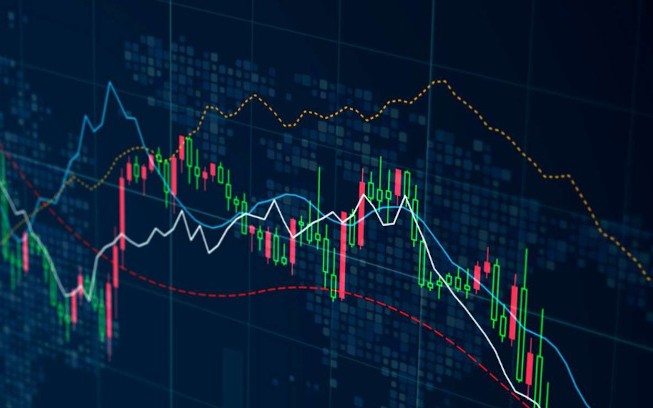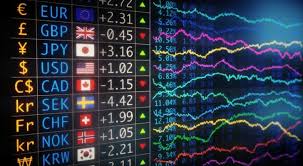
In the dynamic world of currency trading, having a solid foundation is crucial. A well-structured forex trading framework professional guidelines forex-level.com is essential for both novice and experienced traders looking to enhance their skills and increase profitability. This article outlines essential professional guidelines that can help you establish an effective Forex trading framework, ensuring a disciplined and systematic approach to trading.
Understanding the Forex Market
The Forex market is the largest financial market globally, with a daily trading volume exceeding $6 trillion. Unlike other markets, Forex operates 24 hours a day, five days a week, allowing traders to react swiftly to economic changes. To build a successful trading framework, it is imperative to understand the core principles of Forex trading, including market functioning, currency pairs, and overall economic indicators influencing currency movements.
Key Components of a Successful Forex Trading Framework
- Market Analysis: Effective analysis is the cornerstone of any trading framework. This involves both fundamental analysis, which considers economic indicators, central bank policies, and political events, and technical analysis, which utilizes price charts, patterns, and indicators to predict future price movements.
- Risk Management: To safeguard your capital, incorporating rigorous risk management strategies is vital. This includes determining the acceptable level of risk for each trade, setting stop-loss and take-profit orders, and diversifying your trading portfolio to spread risk.
- Trading Plan: Creating a well-defined trading plan will guide your trading decisions. This plan should outline your trading goals, rules for entering and exiting trades, and guidelines for maintaining discipline even in volatile market conditions.
- Psychological Preparedness: Trading can be emotionally taxing. Developing the mental resilience to stick to your trading plan, manage stress, and remain patient during drawdowns is essential for long-term success.
- Continuous Learning and Adaptation: The Forex market is ever-evolving, influenced by myriad factors. Therefore, staying informed about market trends, continuously learning new strategies, and adapting your framework accordingly is crucial.

Building Your Forex Trading Framework
Now that you understand the key components, it is time to put together your trading framework. This process involves several distinct steps:
Step 1: Define Your Trading Objectives
Your objectives should be Specific, Measurable, Achievable, Relevant, and Time-bound (SMART). Determine what you aim to achieve with Forex trading; whether it’s consistent income, capital growth, or learning the intricacies of trading.
Step 2: Choose Your Trading Style
There are several trading styles including scalping, day trading, swing trading, and position trading. Each has its own risk/reward profile, time commitment, and strategies. Choose a style that aligns with your personality, time availability, and financial goals.
Step 3: Develop a Market Analysis Strategy

Your approach to market analysis will significantly influence your trading success. Combine both fundamental and technical analysis, utilize various tools, and identify indicators that suit your trading style. This comprehensive analysis will help you make informed trading decisions.
Step 4: Establish a Risk Management Plan
Risk management involves calculating position sizes, setting stop losses, and determining how much of your capital to risk on each trade. A general rule of thumb is to risk no more than 1-2% of your trading capital on a single trade.
Step 5: Keep a Trading Journal
Documenting every trade in a journal allows you to analyze your performance over time. Record the rationale behind each trade, market conditions, and your emotional state during that trade. This reflection aids in recognizing patterns, strengths, and areas for improvement.
Utilizing Technology in Your Trading Framework
Incorporating technology into your Forex trading framework can streamline your processes and enhance decision-making. Trading platforms like MetaTrader 4 and MetaTrader 5 provide sophisticated tools for analysis and automation, including algorithmic trading capabilities.
Using Trading Software
Automated trading systems and trading bots can analyze market conditions and execute trades based on predefined criteria. This can help remove emotional bias and execute trades rapidly, though it’s critical to monitor their performance and make necessary adjustments.
Market Alerts and Signals
Set up alerts for significant market events or when specific price levels are reached. Many platforms offer this feature, allowing you to be proactive in your trading strategy without constantly monitoring the market.
Evaluating and Adjusting Your Framework
Regularly reviewing and adjusting your trading framework is integral to adapting to market changes and improving your overall trading performance. Schedule evaluations monthly or quarterly to assess your strategies, performance, and areas that require fine-tuning. Take note of your achievements and setbacks, and adapt your strategies accordingly.
Conclusion
Establishing a professional Forex trading framework is foundational for traders aspiring to achieve consistently positive results. By following these guidelines and tailoring your framework to fit your needs, you empower yourself to navigate the complexities of the Forex market effectively. Remember, successful trading requires discipline, continuous learning, and adaptation to the ever-changing environment. With a well-structured framework, traders can greatly enhance their chances of success in this exciting and challenging field.